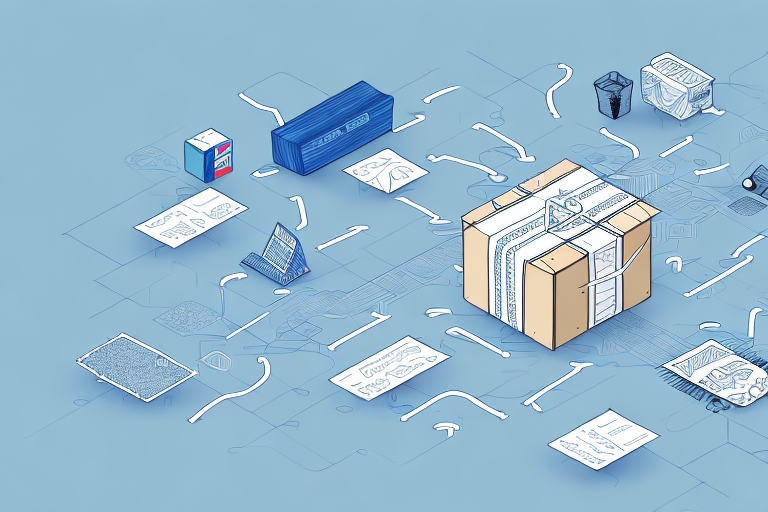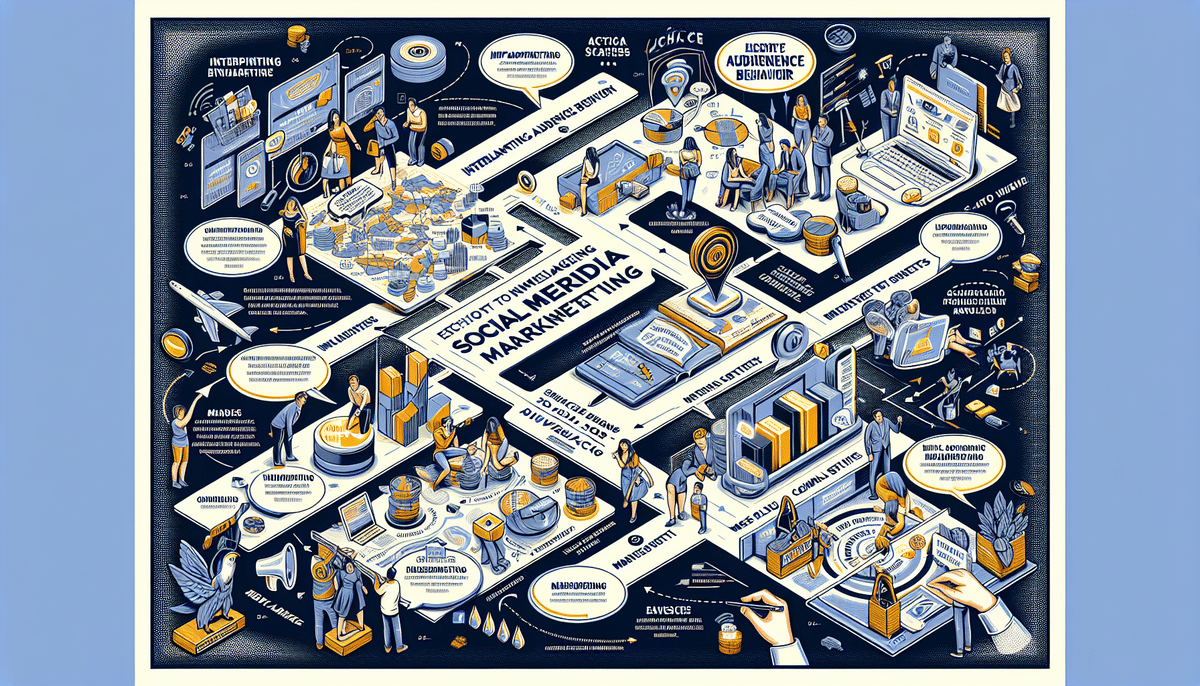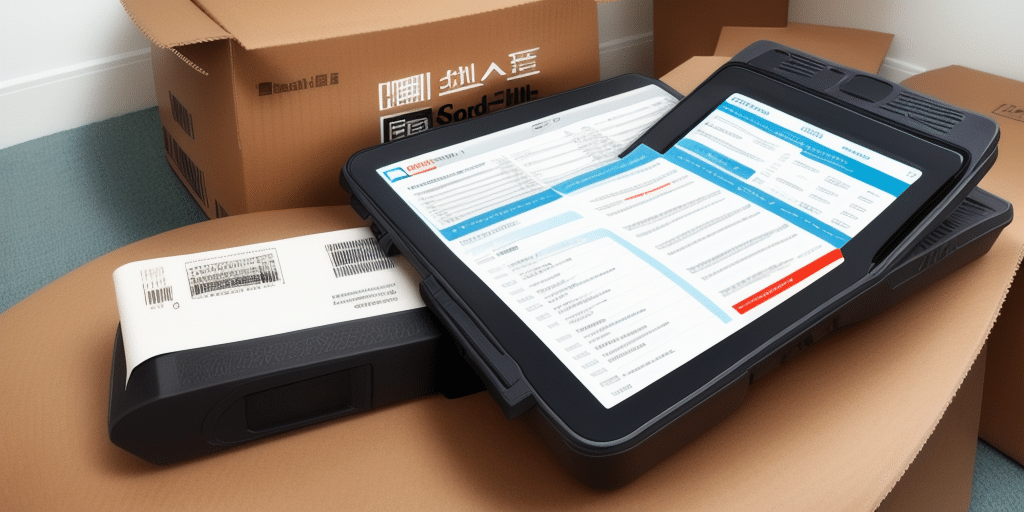The COVID-19 pandemic has undeniably affected all aspects of daily life, including package delivery services. FedEx is one of the largest package delivery companies, and they have implemented a Direct Signature Required Policy to ensure a contactless delivery process during this pandemic. In this article, we will discuss this policy in detail, including its purpose, exceptions, and how customers can make changes to their deliveries during this pandemic.
How the COVID-19 Pandemic Has Affected FedEx's Signature Policy
The COVID-19 pandemic has forced FedEx to make necessary changes to their signature policy to ensure the safety of their customers and employees. With social distancing measures in place, the delivery process has had to adapt to contactless methods to avoid any physical contact between delivery personnel and recipients. As a result, FedEx has initiated the Direct Signature Required Policy to protect both themselves and their customers.
Under the Direct Signature Required Policy, FedEx delivery personnel will not require a physical signature from the recipient. Instead, they will ask for the recipient's name and will enter it into their system as proof of delivery. This policy has been implemented to minimize the risk of transmission of the virus through physical contact. Additionally, FedEx has also introduced a temporary suspension of signature requirements for certain shipments, such as those containing medical supplies and equipment, to ensure that these essential items are delivered as quickly and efficiently as possible.
What Is the Direct Signature Required Policy?
The Direct Signature Required Policy is a delivery option offered by FedEx that requires a recipient's signature upon delivery. This signifies that the package has been received and confirms the recipient's identity. Under normal circumstances, the recipient would sign for the package directly on the driver's handheld device or a paper form. However, due to the COVID-19 pandemic, FedEx has suspended this direct method of signature collection.
Instead, FedEx has implemented a temporary policy called "No-Contact Delivery," which allows drivers to leave packages at a recipient's doorstep or in a designated area without requiring a signature. The driver will still verify the recipient's identity by asking for their name and recording it on their device. This policy is in place to minimize physical contact and reduce the spread of COVID-19 while still ensuring the safe delivery of packages.
How Does the Direct Signature Required Policy Work?
Since the pandemic, FedEx has modified their delivery process by implementing a contactless method for package delivery. This contactless method entails the driver leaving the package at the recipient's door and stepping at least 6 feet away to observe the recipient retrieve the package. This method has eliminated physical contact and ensures the social distancing protocol during the pandemic.
However, for certain packages that require a direct signature, FedEx has implemented a Direct Signature Required policy. This policy ensures that the package is delivered to the intended recipient and not left unattended at the doorstep. When a package requires a direct signature, the recipient will receive a notification from FedEx with the delivery date and time. The recipient can then choose to sign for the package in person or authorize an alternative signature option, such as leaving a signed note on the door.
Additionally, FedEx offers a feature called "Hold at Location" for packages that require a direct signature. This feature allows the recipient to redirect the package to a nearby FedEx location for pickup, instead of having it delivered to their doorstep. This option provides added security and convenience for the recipient, as they can choose a location and time that works best for them to pick up their package.
The Importance of the Direct Signature Required Policy During a Pandemic
The Direct Signature Required Policy is essential as it ensures the security of the package and guarantees the recipient's identity. This policy also provides a sense of assurance to the recipient that their package has been safely delivered. Moreover, in a pandemic, it is necessary to limit physical contact as much as possible, and this delivery method provides a safe and reliable alternative.
Furthermore, the Direct Signature Required Policy also helps to prevent package theft, which has become increasingly common during the pandemic due to the rise in online shopping. With more people staying at home, packages left unattended on doorsteps are more vulnerable to theft. By requiring a direct signature, the package is less likely to be stolen, ensuring that the recipient receives their package safely and on time.
Exceptions to the Direct Signature Required Policy During COVID-19
Not everyone is required to sign for their packages; there are specific exemptions under the Direct Signature Required Policy due to the pandemic. These individuals include those who are elderly, disabled, and immunocompromised. FedEx has allowed these persons to request a waiver of the Direct Signature Required Policy to minimize contact during the pandemic. To request a waiver, the recipient must contact FedEx Customer Service and inform them of their circumstances and provide additional identification.
In addition to the exemptions mentioned above, FedEx has also implemented a temporary policy for packages that require a signature. If a recipient is not available to sign for their package, FedEx will now leave the package at the door and take a photo of the package as proof of delivery. This policy is in place to minimize contact and maintain social distancing during the pandemic. However, if the package requires an in-person signature, FedEx will still require the recipient to sign for the package in a safe and socially distant manner.
How to Request Changes to Your FedEx Delivery During COVID-19
If customers prefer a delivery method other than the contactless Direct Signature Required Policy, they may request changes. These changes might include shifting delivery times or locations. To request these changes, customers must visit the FedEx website and create an account. From there, they can manage their deliveries and input any preferred changes to their delivery process.
It is important to note that due to the COVID-19 pandemic, FedEx may experience delays in delivery times. Customers should keep this in mind when requesting changes to their delivery. Additionally, FedEx is taking extra precautions to ensure the safety of their employees and customers. This includes providing personal protective equipment and implementing social distancing measures. Customers can rest assured that their packages are being handled with care during this challenging time.
Steps to Take If You Are Unable to Sign for Your FedEx Package During COVID-19
If you are unable to sign for your package, you may provide your FedEx driver with a written note explicitly stating that you authorize them to leave your package at your doorstep or another location of your choosing. This note must include your signature and be clear and easy to read. The driver may take a photo of the note for documentation purposes. This method allows for safe delivery with minimal contact.
Another option is to use FedEx Delivery Manager, a free service that allows you to customize your delivery preferences. With this service, you can request to have your package held at a FedEx location for pickup, or even schedule a specific delivery time that works best for you. You can also receive notifications about your package's status and track its progress in real-time.
It's important to note that FedEx has implemented additional safety measures during the COVID-19 pandemic to protect both their employees and customers. This includes providing personal protective equipment to drivers, implementing contactless delivery options, and increasing cleaning and sanitization procedures at their facilities. By following these steps and utilizing the available resources, you can ensure a safe and successful delivery of your package during these challenging times.
Tips for Safe Package Delivery During the COVID-19 Pandemic
To ensure safe package delivery during the pandemic, recipients must sanitize their hands after accepting delivery and dispose of any packaging materials promptly. Moreover, they should avoid touching their faces, and if possible, they should use gloves during the handling process. These measures minimize the risk of transmission and maintain safe delivery for all parties involved.
Another important tip for safe package delivery during the COVID-19 pandemic is to maintain social distancing. Recipients should keep a distance of at least six feet from the delivery person and avoid any physical contact. If possible, they should also opt for contactless delivery options, such as leaving the package at the doorstep.
Additionally, it is advisable to disinfect the package before opening it. Recipients can use disinfectant wipes or sprays to clean the package's exterior before handling it. This step further reduces the risk of transmission and ensures safe delivery.
Best Practices for Customers and FedEx Workers During Package Delivery in a Pandemic
Both customers and FedEx delivery personnel must regularly sanitize their hands and wear face masks. They must also maintain adequate social distance during the delivery process. Furthermore, customers must ensure that they provide detailed delivery instructions and proper identification methods to avoid confusion. Additionally, FedEx drivers should be patient and compassionate towards customers during these challenging times and try their best to accommodate individual requests to maintain safe delivery practices.
In conclusion, the Direct Signature Required Policy offers a contactless delivery process during the pandemic whilst ensuring package security. Customers may request changes to their deliveries, and some exceptions may apply to signature requirements. Overall, practicing safe delivery techniques and maintaining a safe distance is necessary to protect both FedEx delivery personnel and their customers during this pandemic.
It is also important for customers to be aware of the potential delays in package delivery due to the pandemic. FedEx has implemented safety measures that may slow down the delivery process, such as increased sanitation procedures and reduced staff capacity. Customers should plan accordingly and allow for extra time when ordering and expecting package deliveries. Additionally, customers can track their packages online to stay informed about any potential delays or changes in delivery status.









